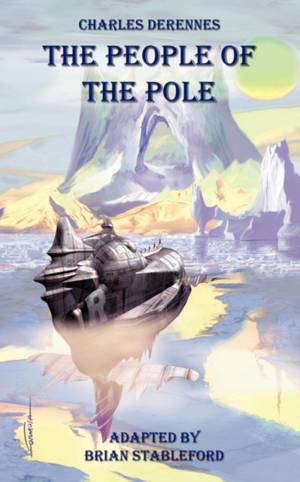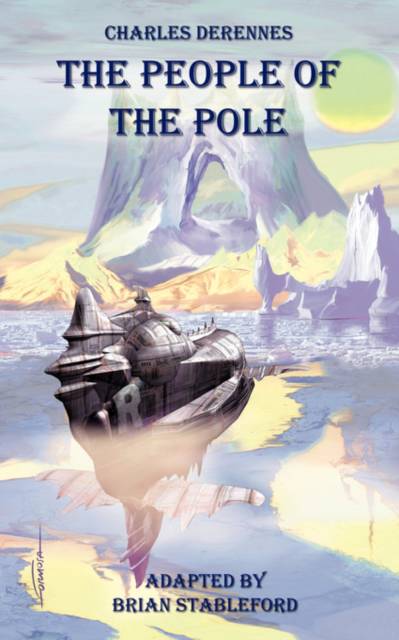
- Afhalen na 1 uur in een winkel met voorraad
- Gratis thuislevering in België vanaf € 30
- Ruim aanbod met 7 miljoen producten
- Afhalen na 1 uur in een winkel met voorraad
- Gratis thuislevering in België vanaf € 30
- Ruim aanbod met 7 miljoen producten
Zoeken
Omschrijving
During an expedition to the North Pole, French aeronauts Jean-Louis de Venasque and Jacques Ceintras stumble upon an alien society of technologically-advanced reptilian humanoids living in a secret enclave that has been isolated from the world for millions of years. Charles Derennes (1882-1930) was one of the pioneers of French science fiction who followed in the footsteps of Jules Verne and H. G. Wells. He penned this remarkable Lost World novel in 1907, five years before Sir Arthur Conan Doyle's classic. "The most original component of The People of the Pole is that Derennes, unlike Verne or Doyle, makes the assumption that progressive biological evolution would have continued, to the extent that the iguanodons isolated in the remote past would have developed a quasi-humanoid form, along with high intelligence and sophisticated technological capability." Brian Stableford.
Specificaties
Betrokkenen
- Auteur(s):
- Uitgeverij:
Inhoud
- Aantal bladzijden:
- 200
- Taal:
- Engels
Eigenschappen
- Productcode (EAN):
- 9781934543399
- Verschijningsdatum:
- 1/04/2008
- Uitvoering:
- Paperback
- Formaat:
- Trade paperback (VS)
- Afmetingen:
- 127 mm x 203 mm
- Gewicht:
- 222 g

Alleen bij Standaard Boekhandel
+ 54 punten op je klantenkaart van Standaard Boekhandel
Beoordelingen
We publiceren alleen reviews die voldoen aan de voorwaarden voor reviews. Bekijk onze voorwaarden voor reviews.











